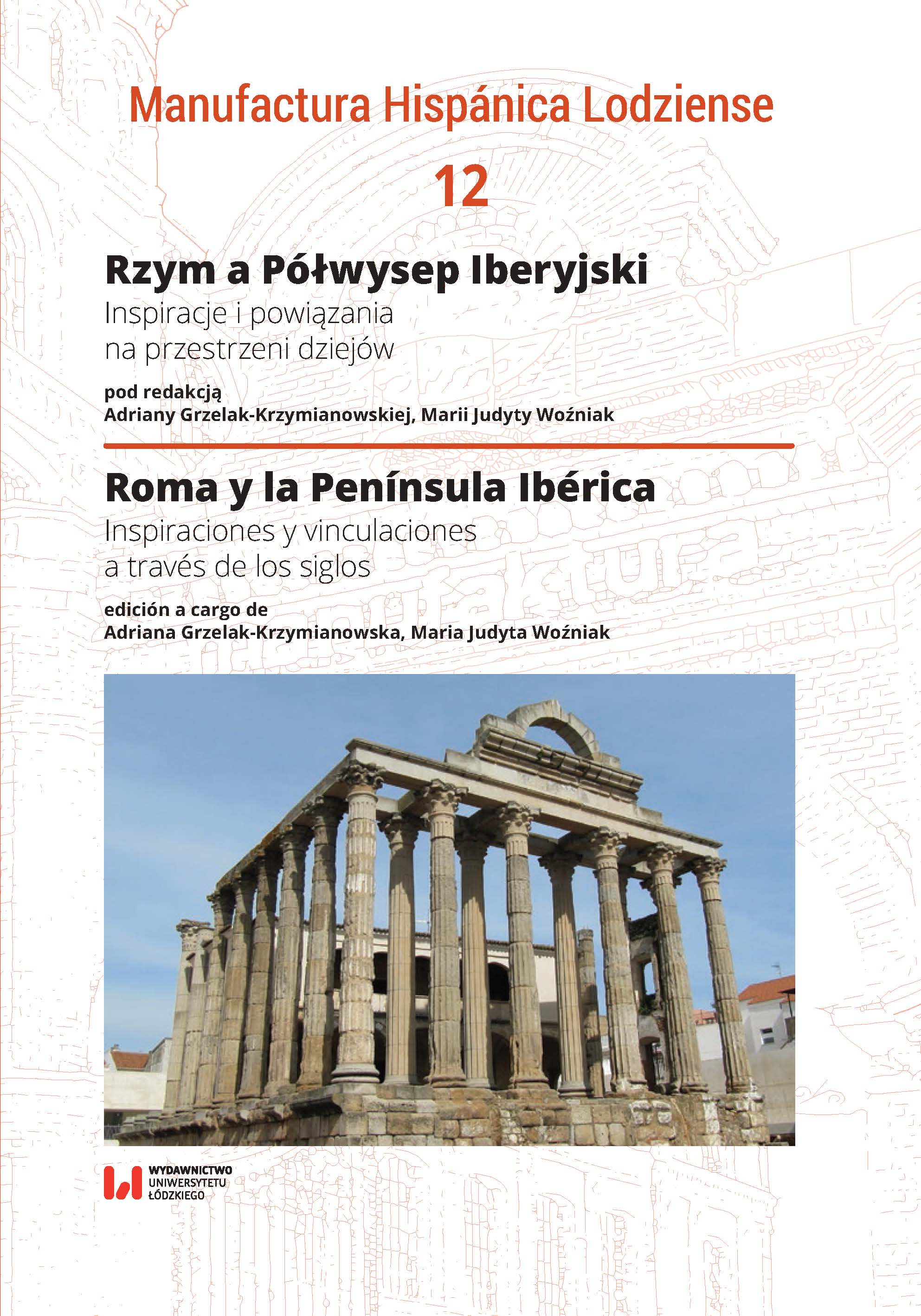Świątynie kultu cesarskiego w stolicach prowincjonalnych w Hispanii (Tarraco, Emerita Augusta, Corduba) – status quaestionis
Temples of the Imperial Cult in Provincial Capitals in Hispania (Tarraco, Emerita Augusta, Corduba) - status quaestionis
Author(s): Anna Zimnowodzka
Subject(s): History, Archaeology, Ancient World
Published by: Wydawnictwo Uniwersytetu Łódzkiego
Keywords: imperial cult; temple; Tarraco; Emerita Augusta; Colonia Patricia Corduba
Summary/Abstract: The beginnings of the imperial cult in Hispania are connected with the reign of Augustus. According to Quintilian, an altar dedicated to him was erected in Tarraco (Hispania Citerior) when the emperor was still alive. After the death of the Emperor, on the 17th September AD 14 when he was deified and given the title of Divus Augustus, the inhabitants of Tarraco decided to dedicate a temple to him. Less than a year later, they asked Tiberius for permission to build it. The image of the temple on the coins of Tiberius, as well as the archaeological remains, excavated at the highest point of the city (on the site of the present cathedral), testify to the fact that the plan was realised. Shortly afterwards, the imperial cult spread to other provinces of Hispania (Ulterior Baetica, Ulterior Lusitania), and temples dedicated to the emperor decorated city forums in other cities, especially the provincial capitals. The example of Tarraco was followed by Emerita Augusta, where the so-called Temple of Diana was erected in the city forum and the Temple of Augustus in the provincial forum. As recent archaeological research shows, in Colonia Patricia Corduba, in the 1st half of the 1st century, a temple in honour of the emperor was also built in the provincial forum, and in the 50s of the 1st century – another one in the city forum.
- Page Range: 383-403
- Page Count: 21
- Publication Year: 2021
- Language: Polish
- Content File-PDF

